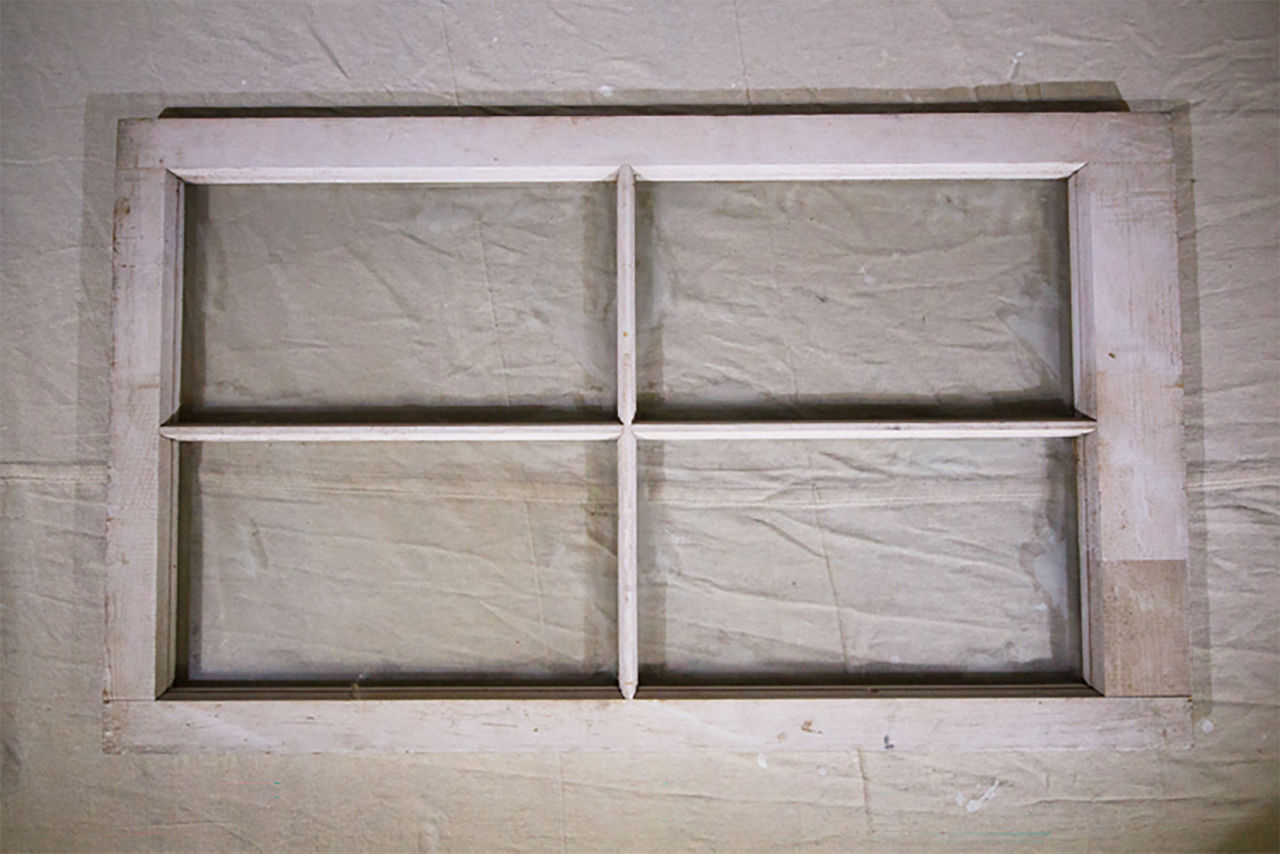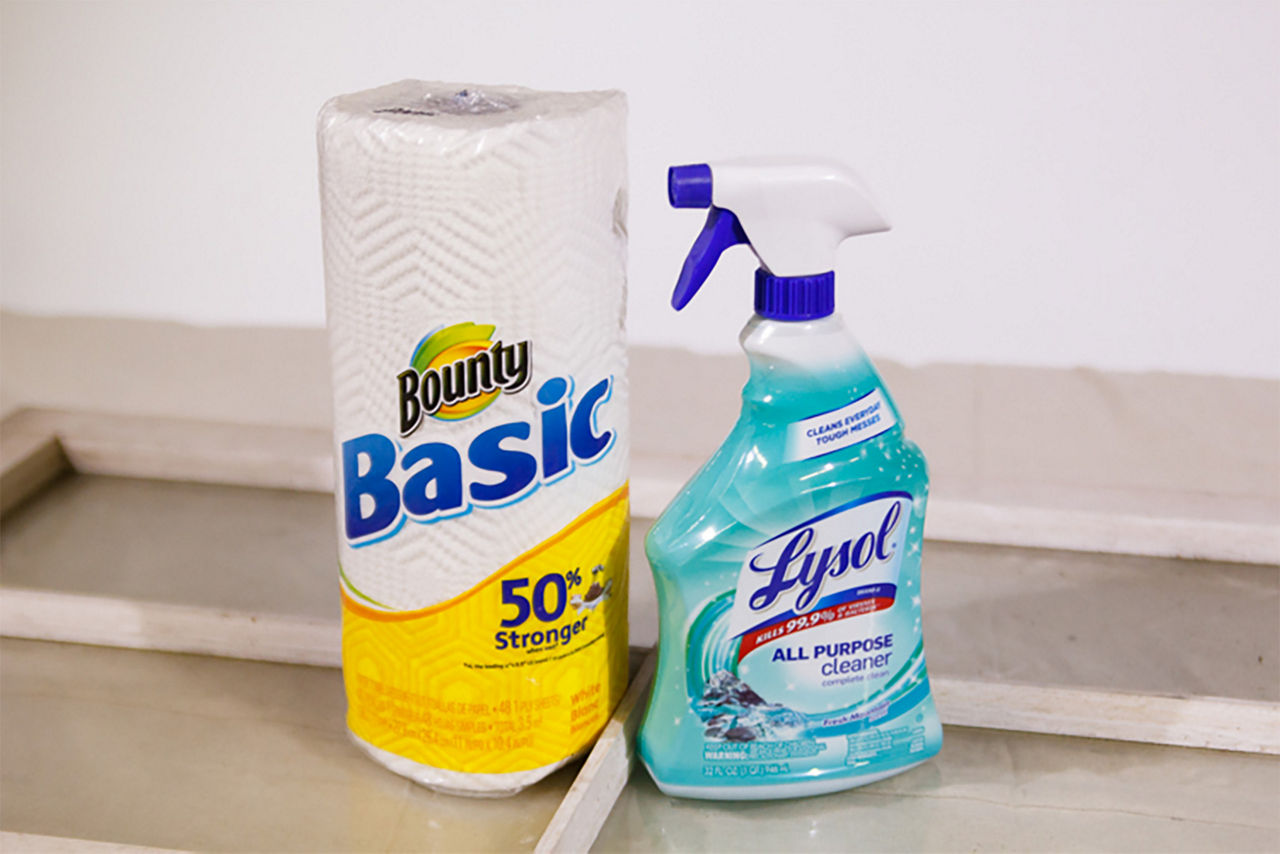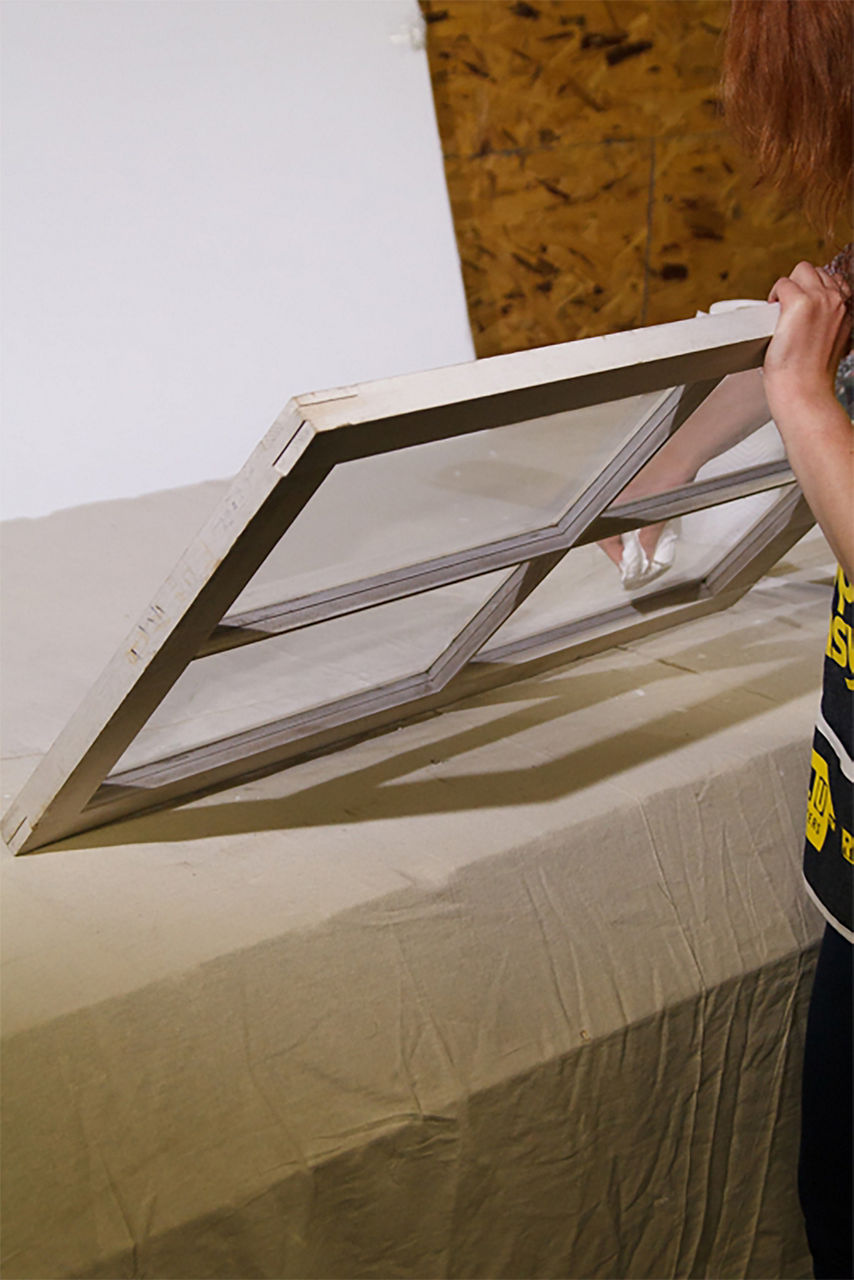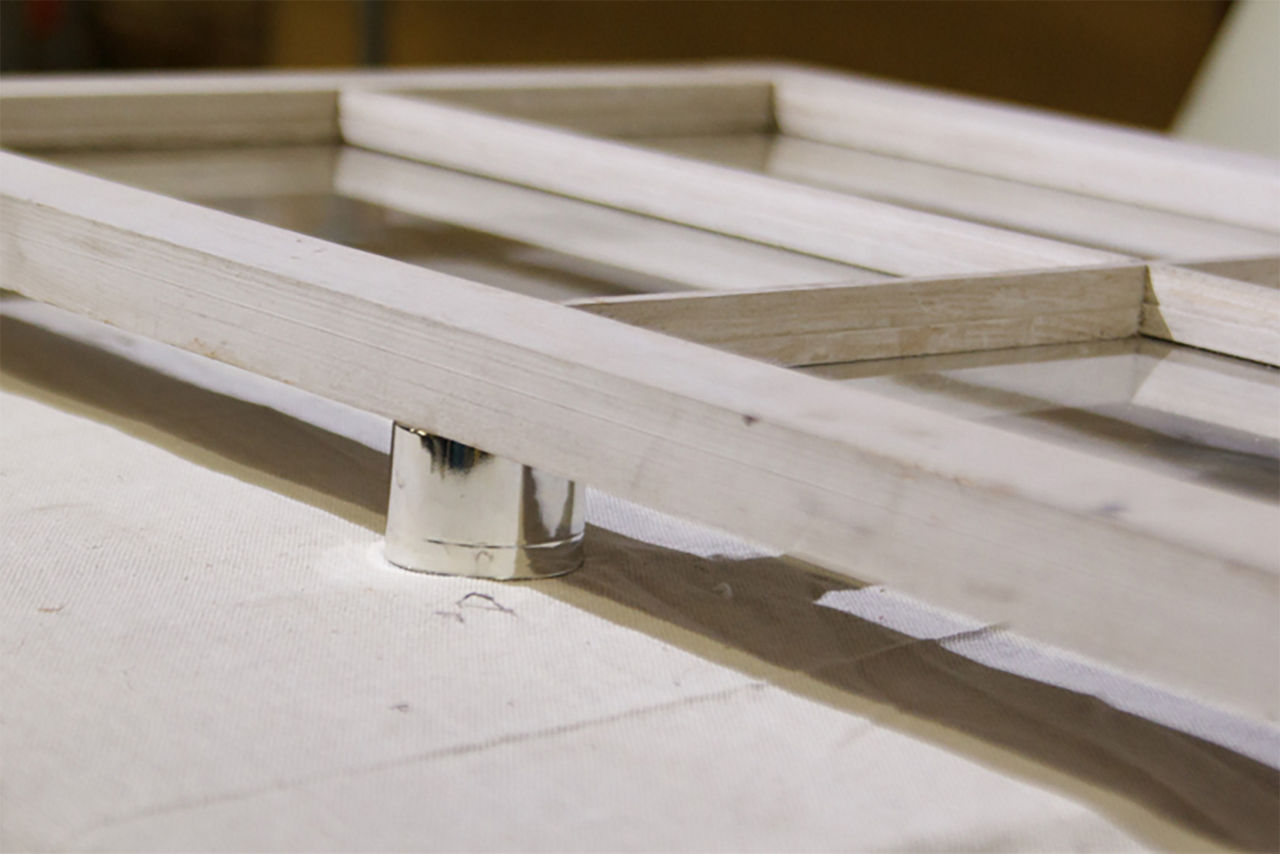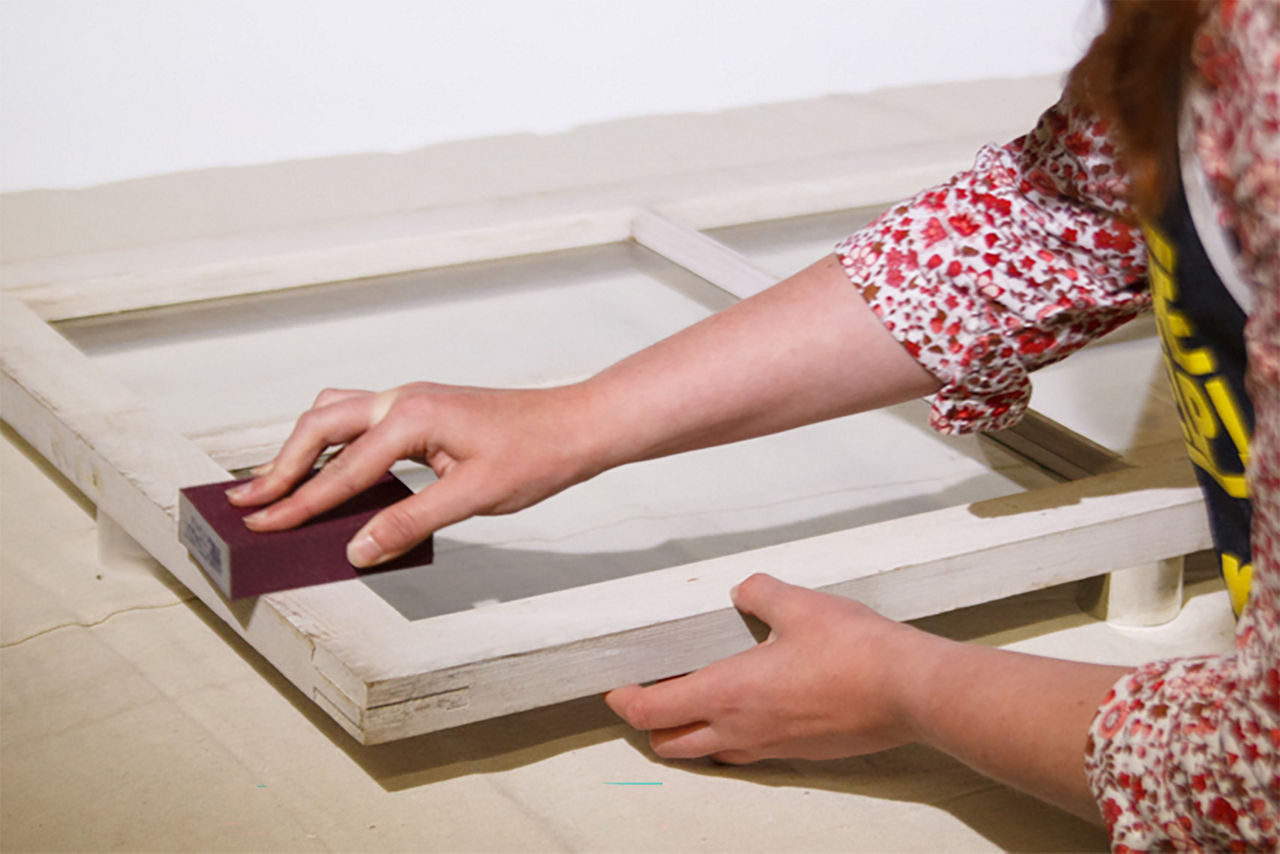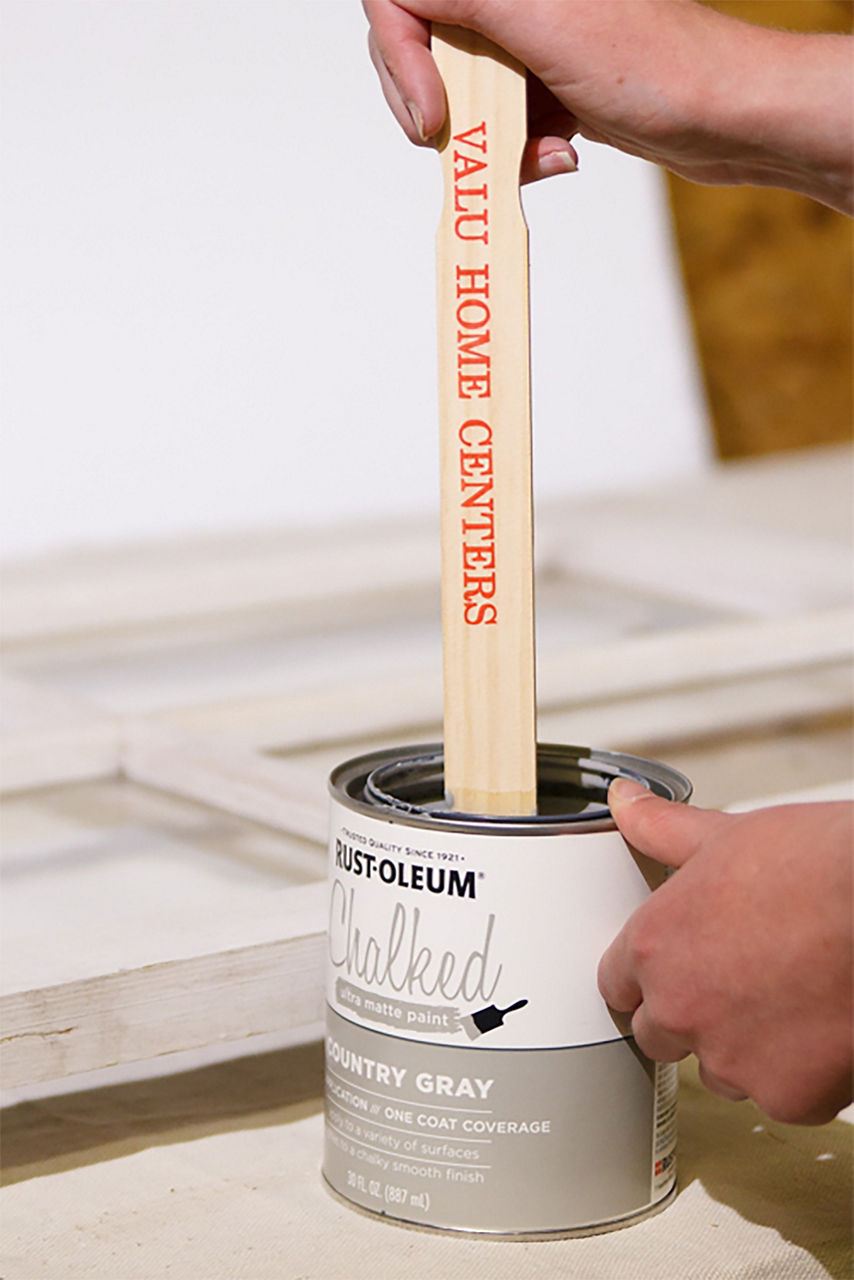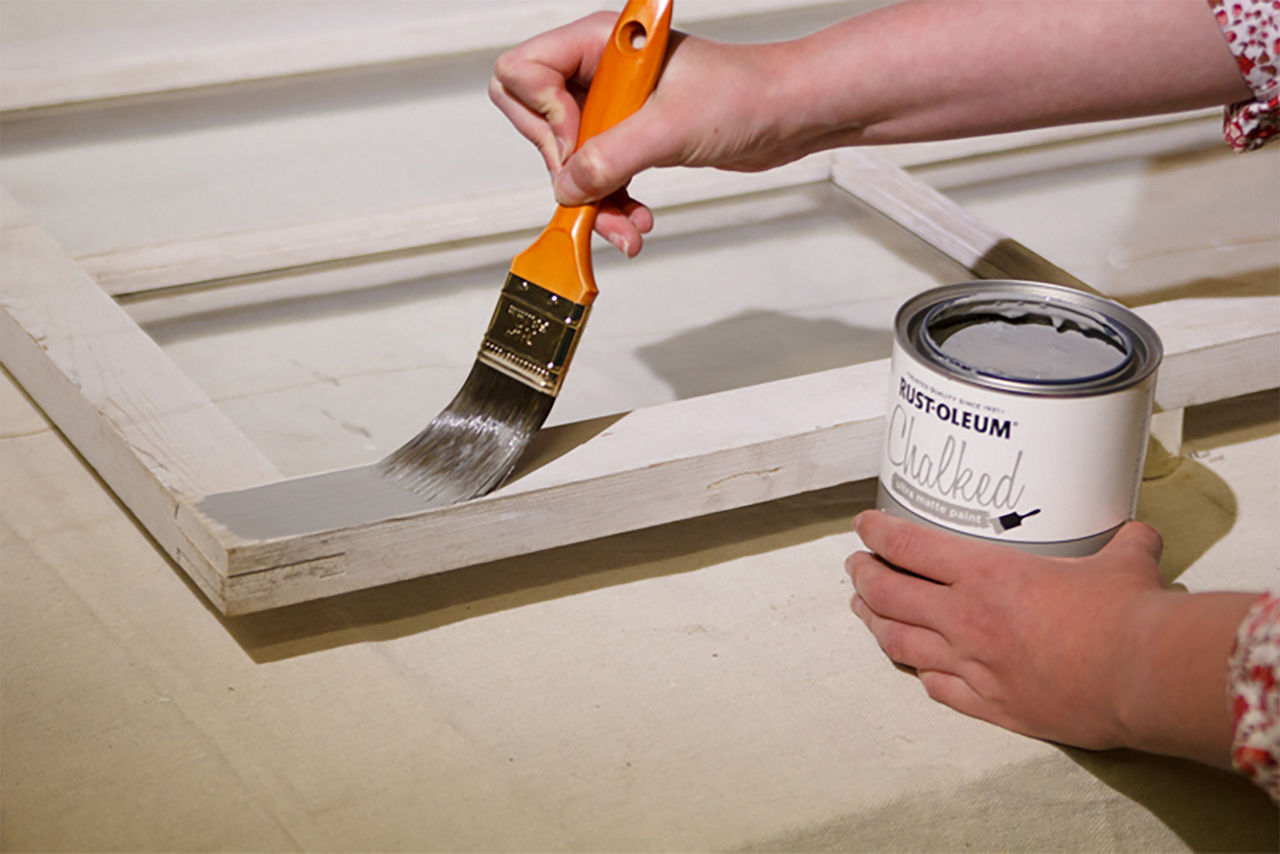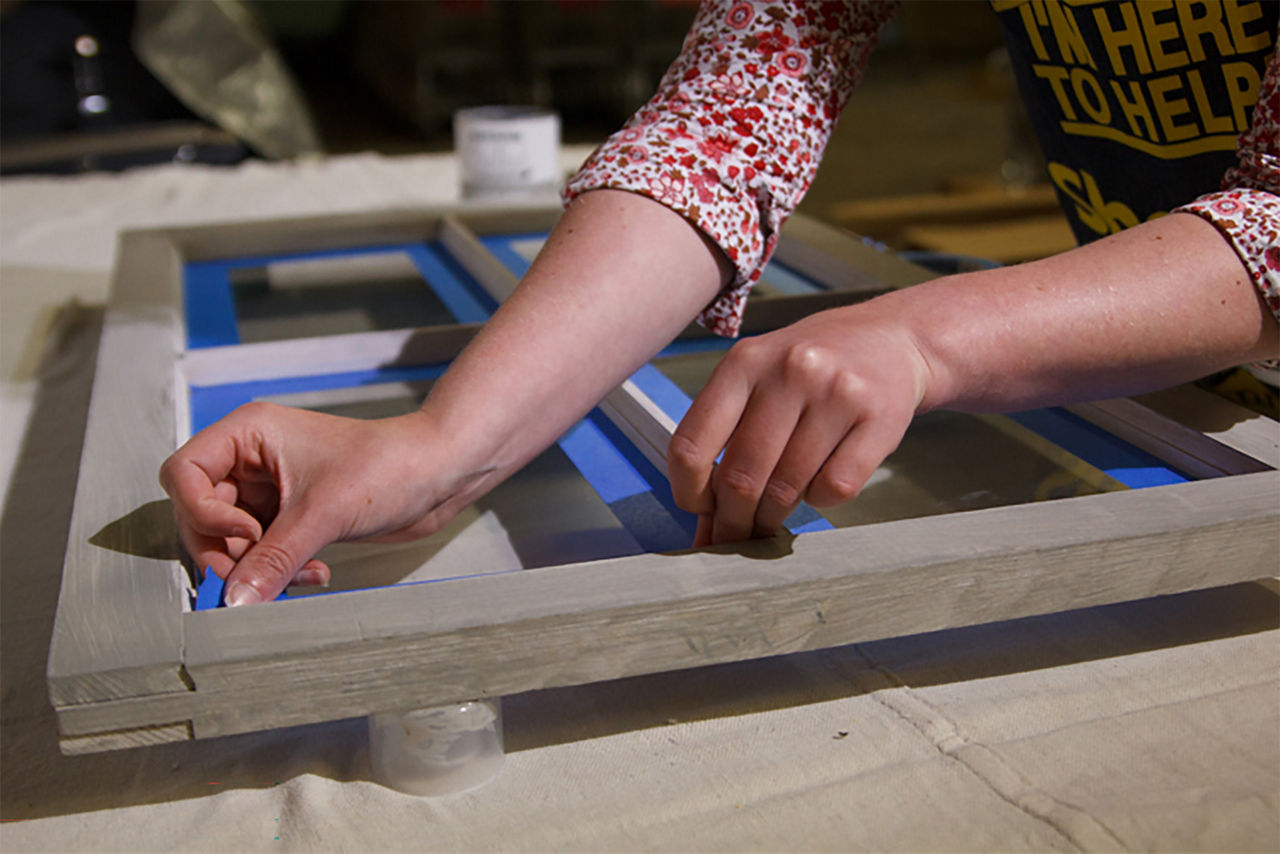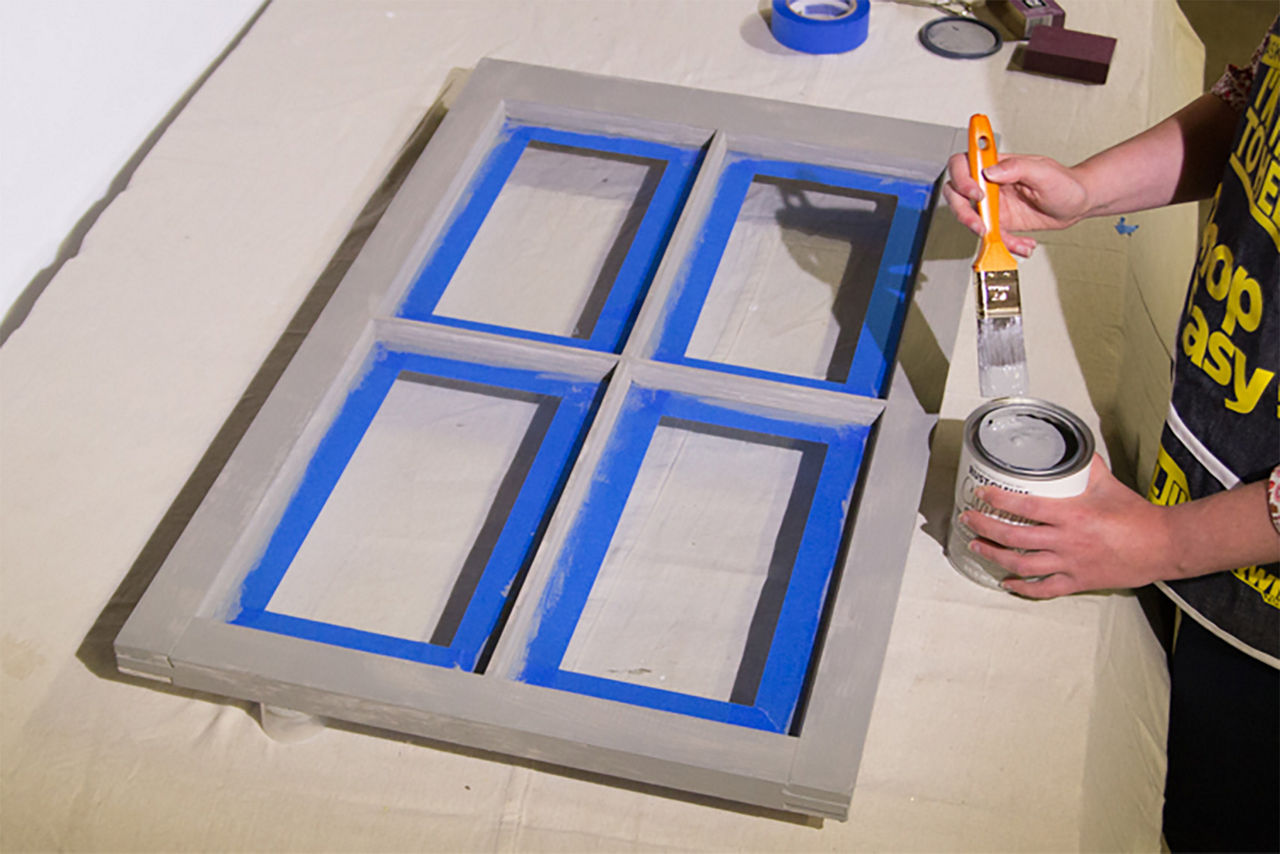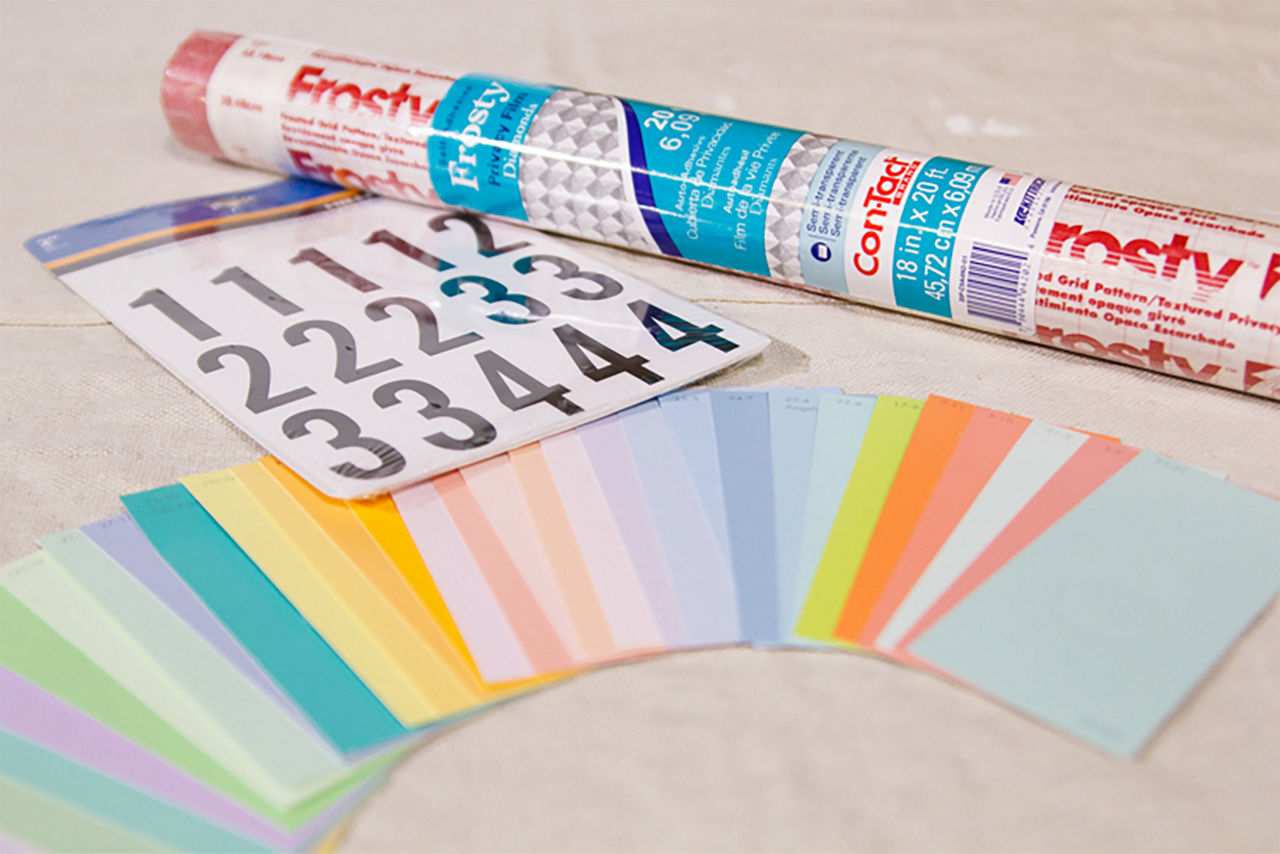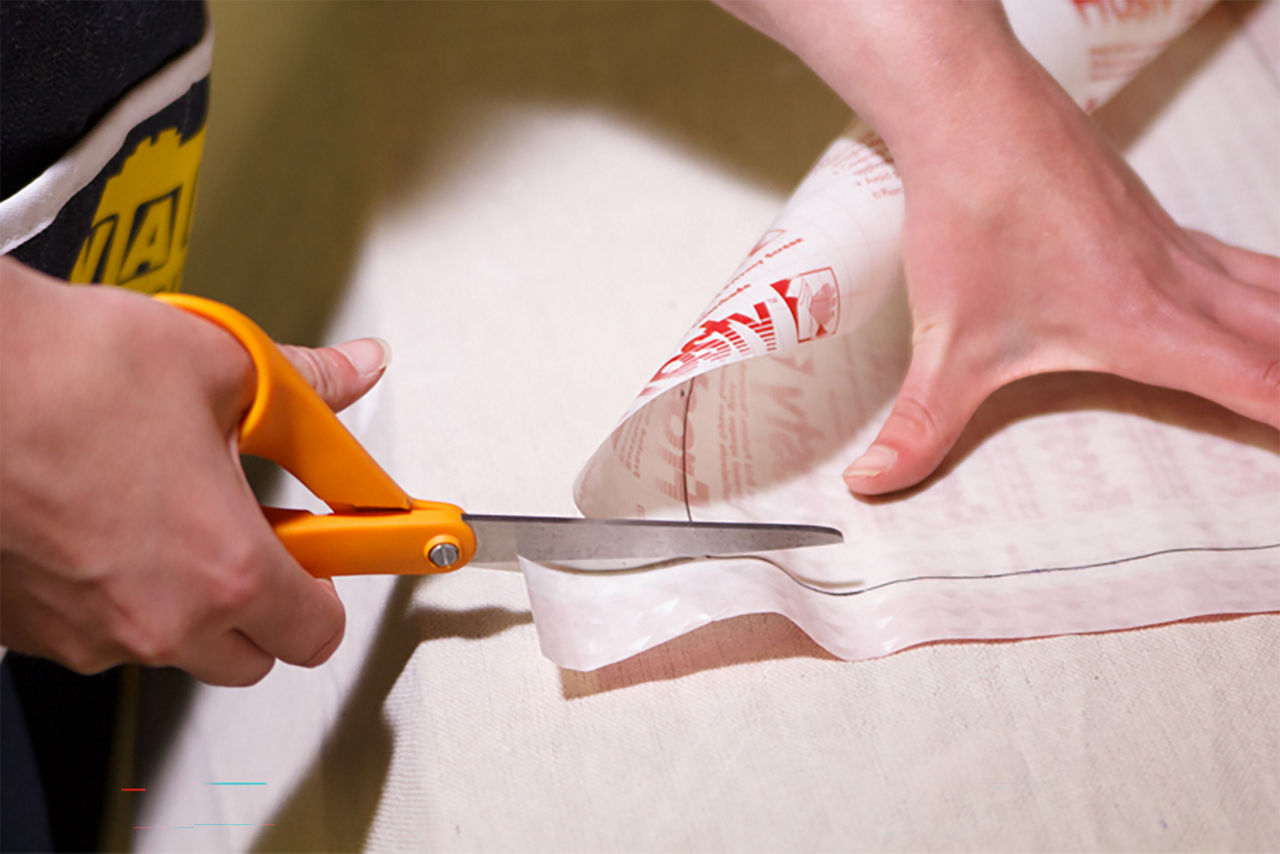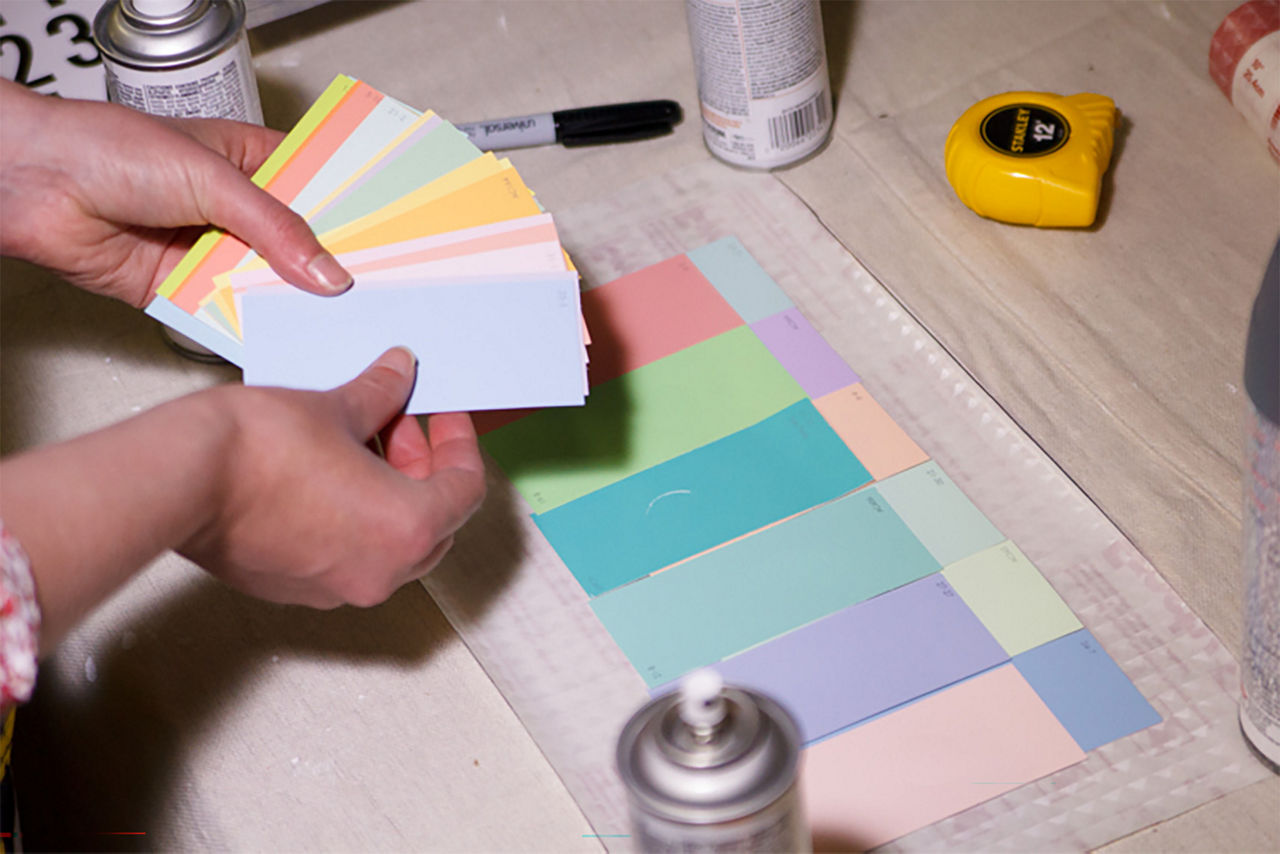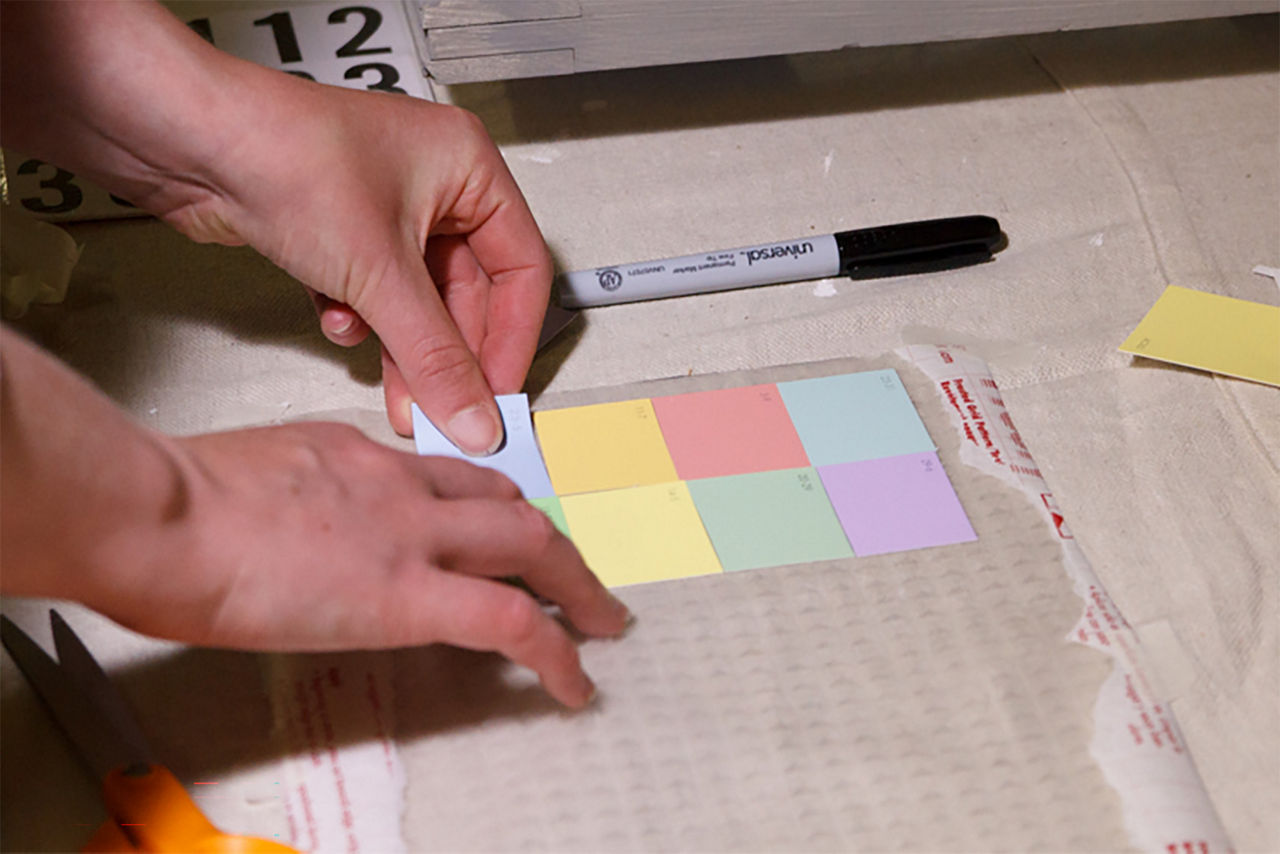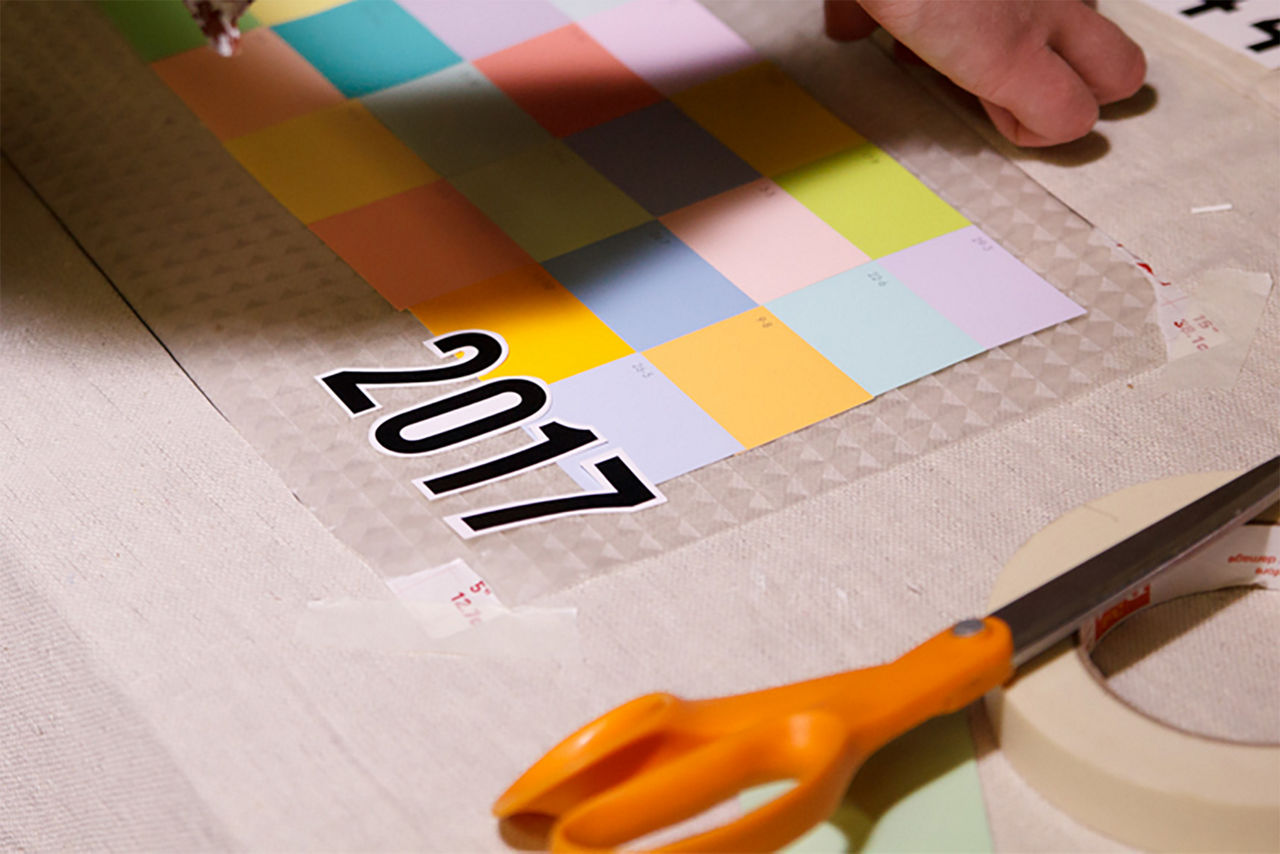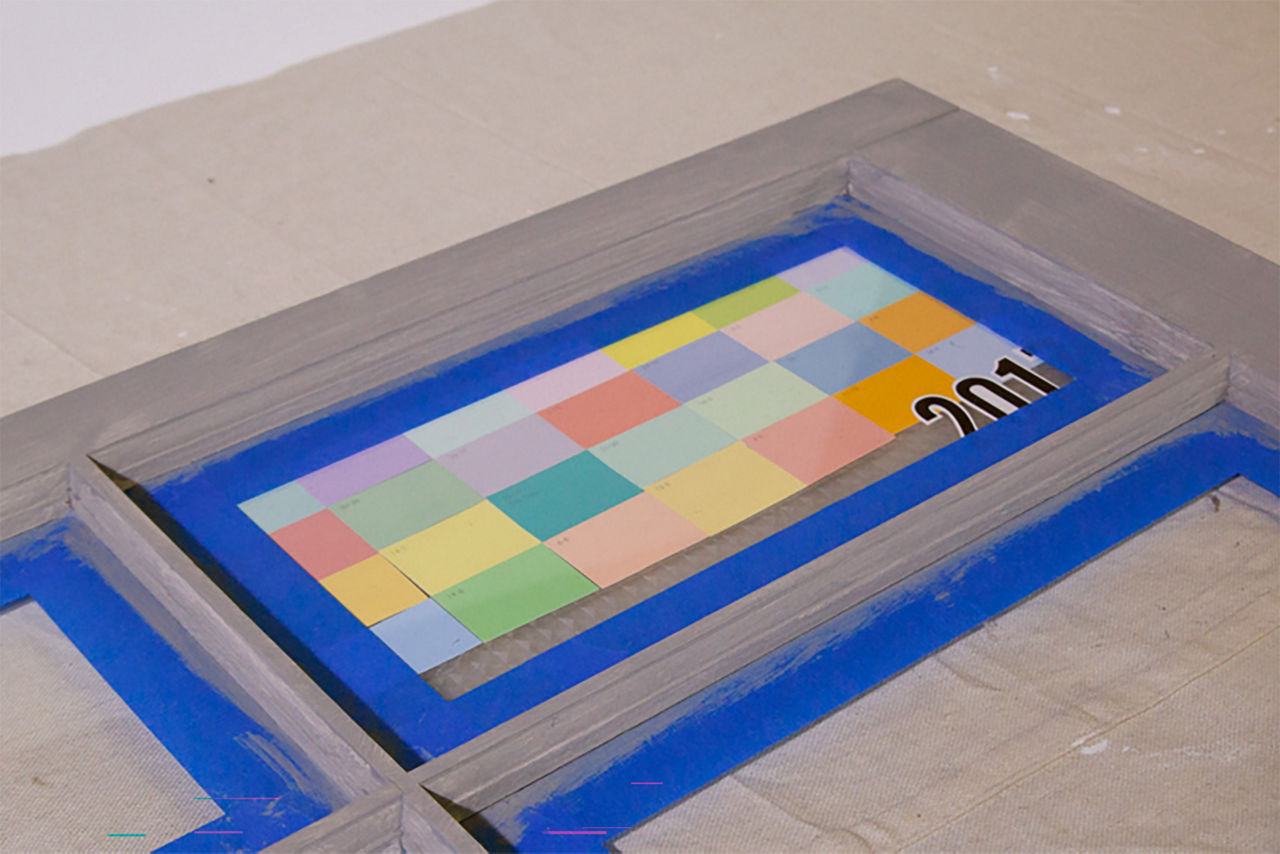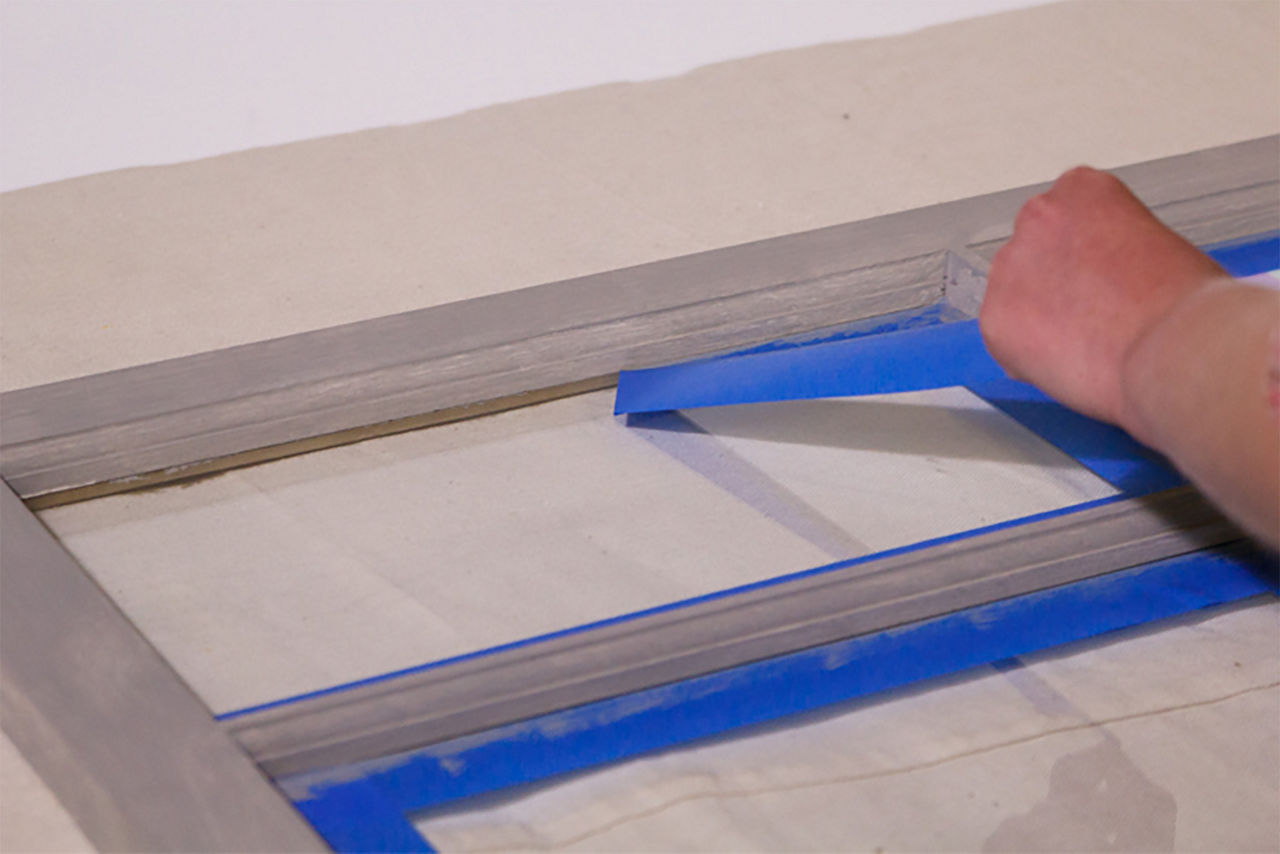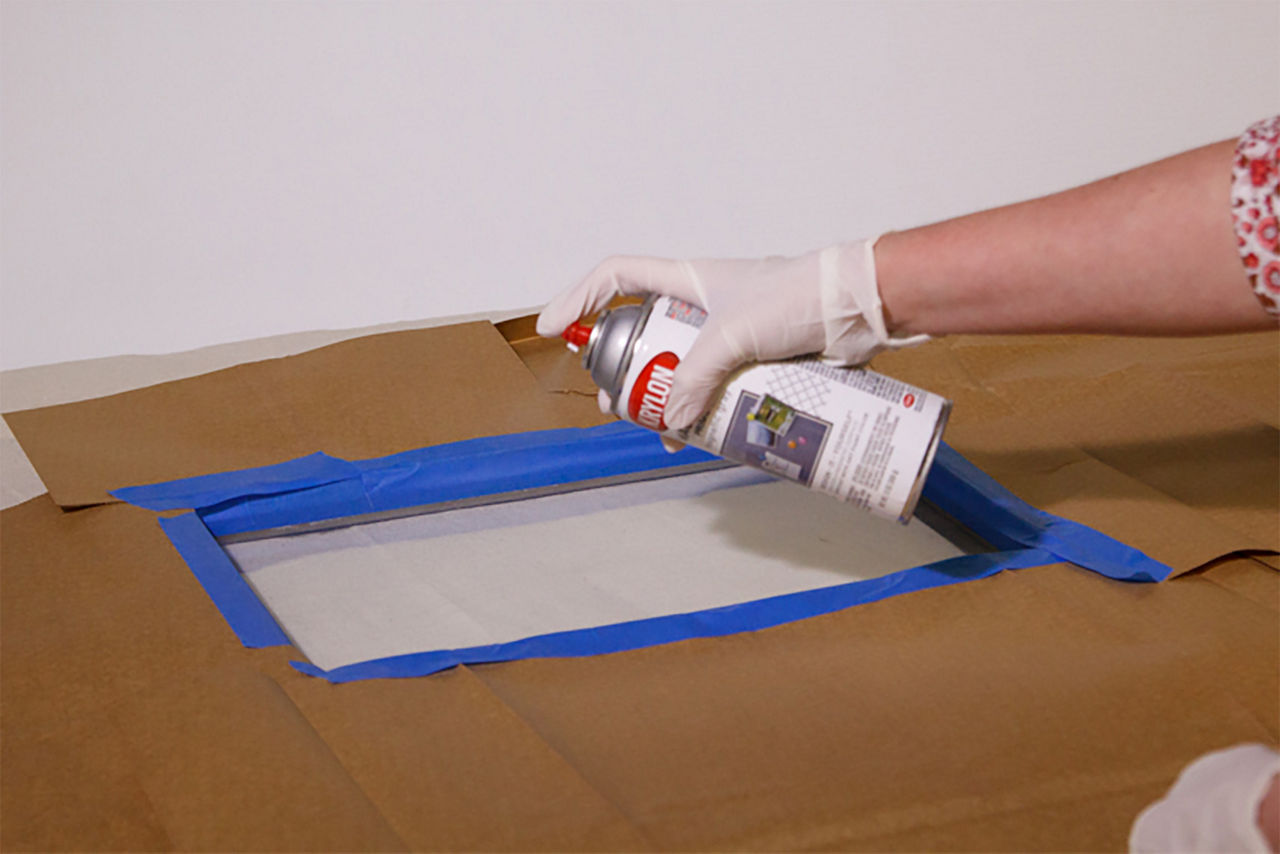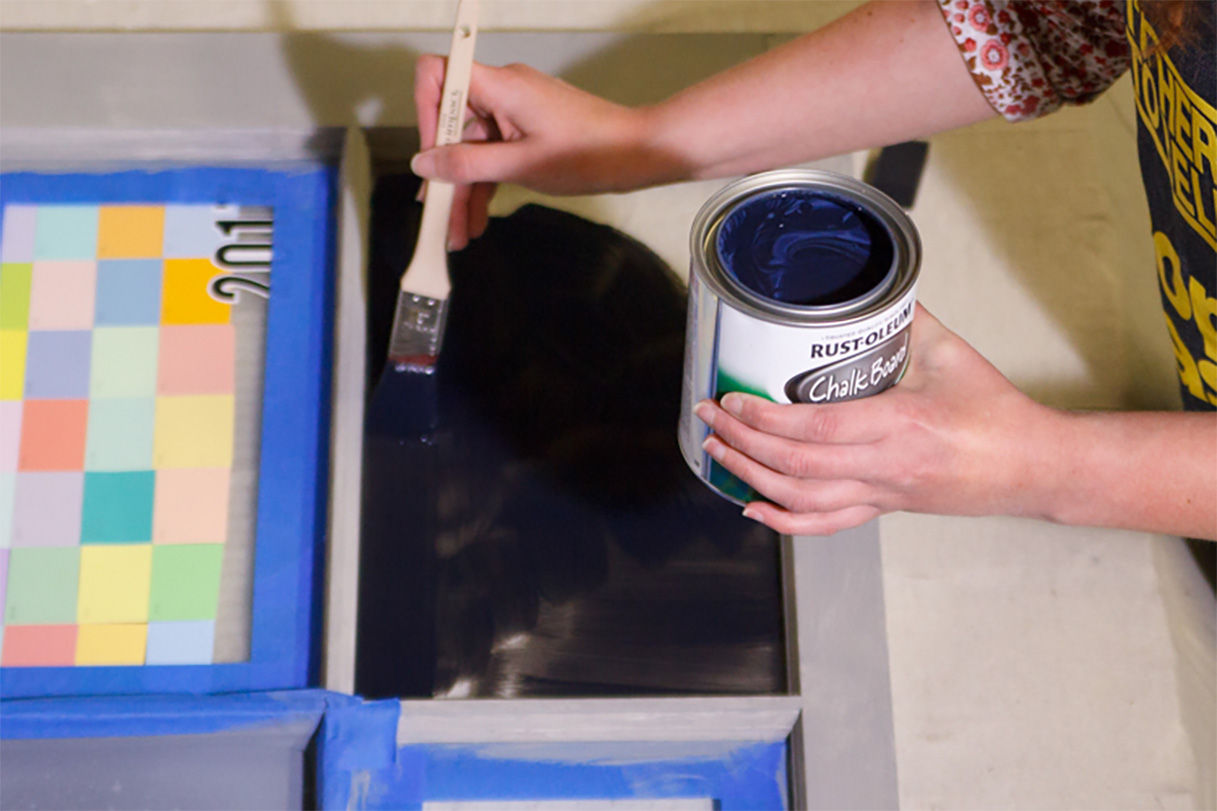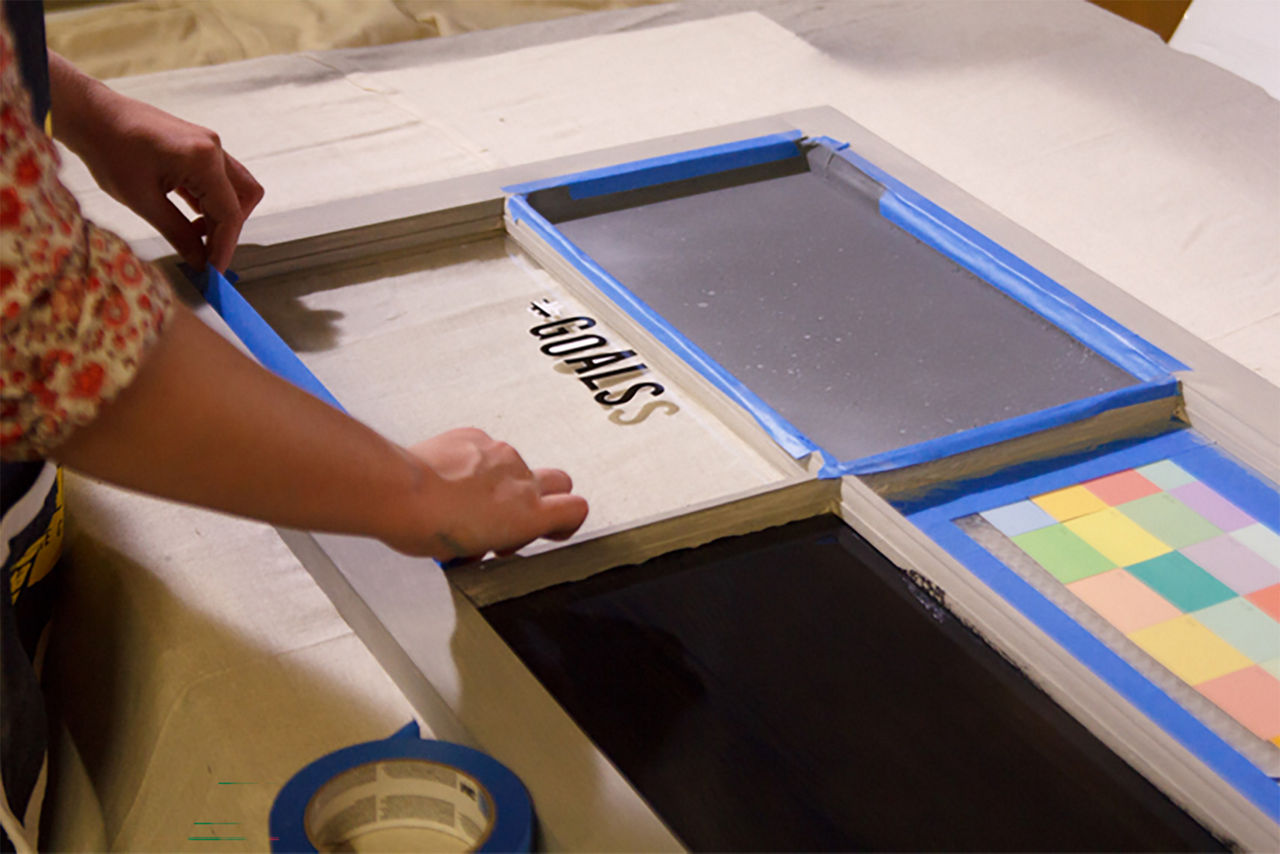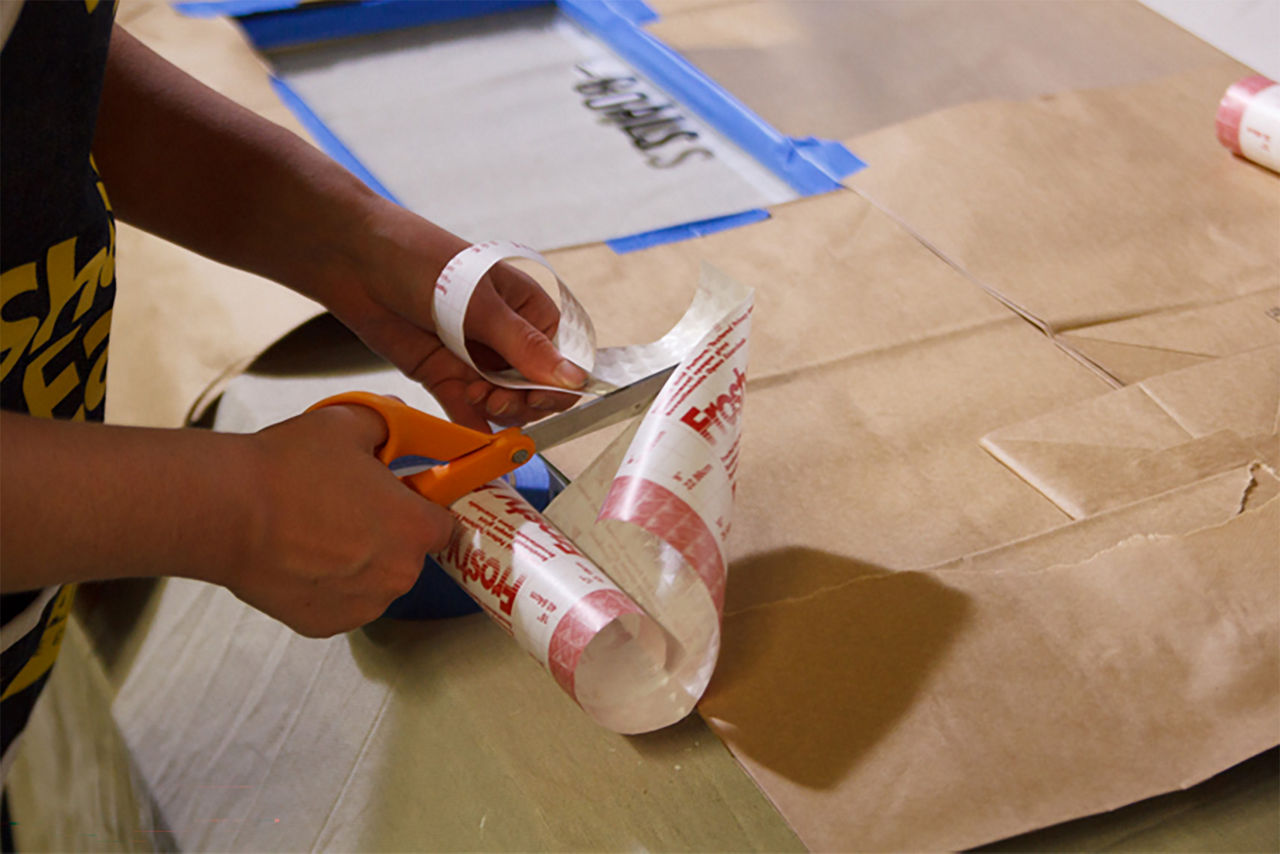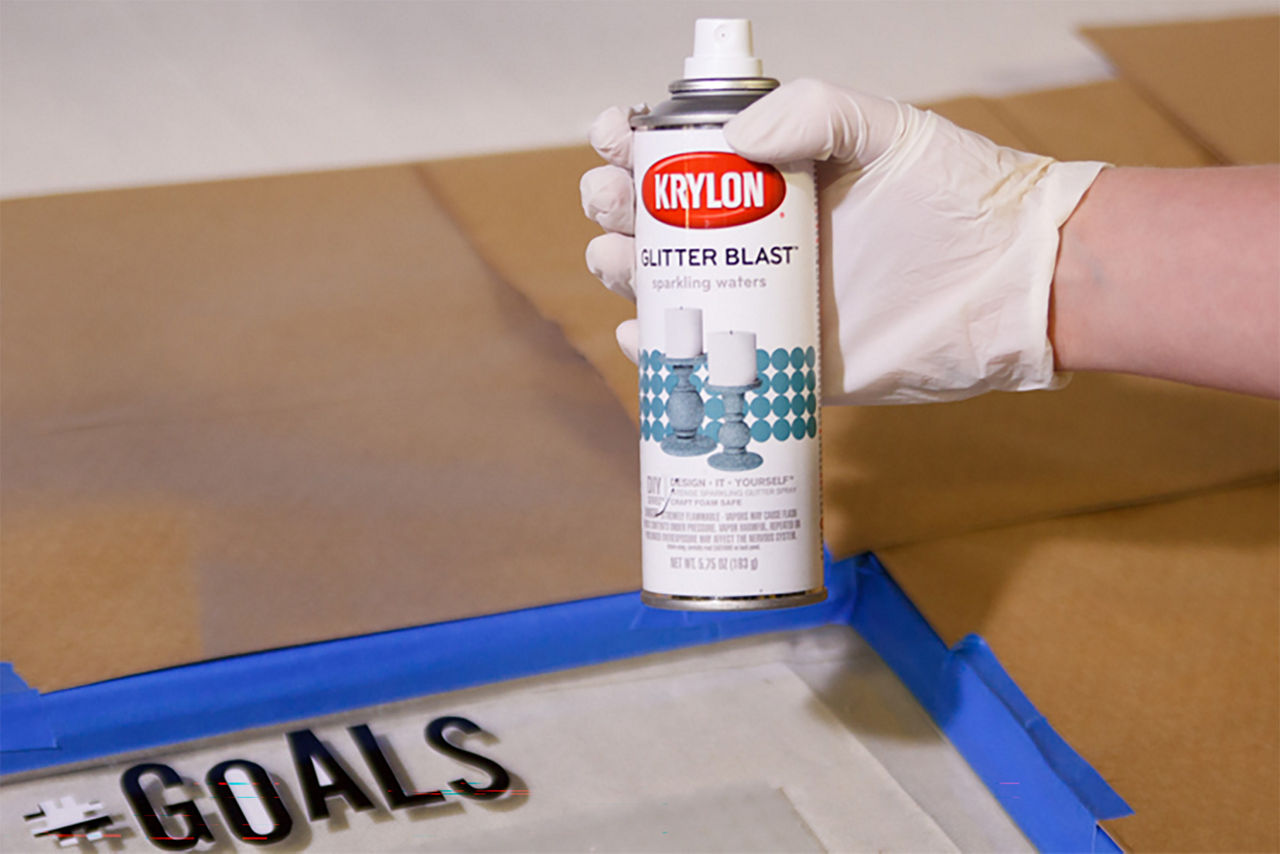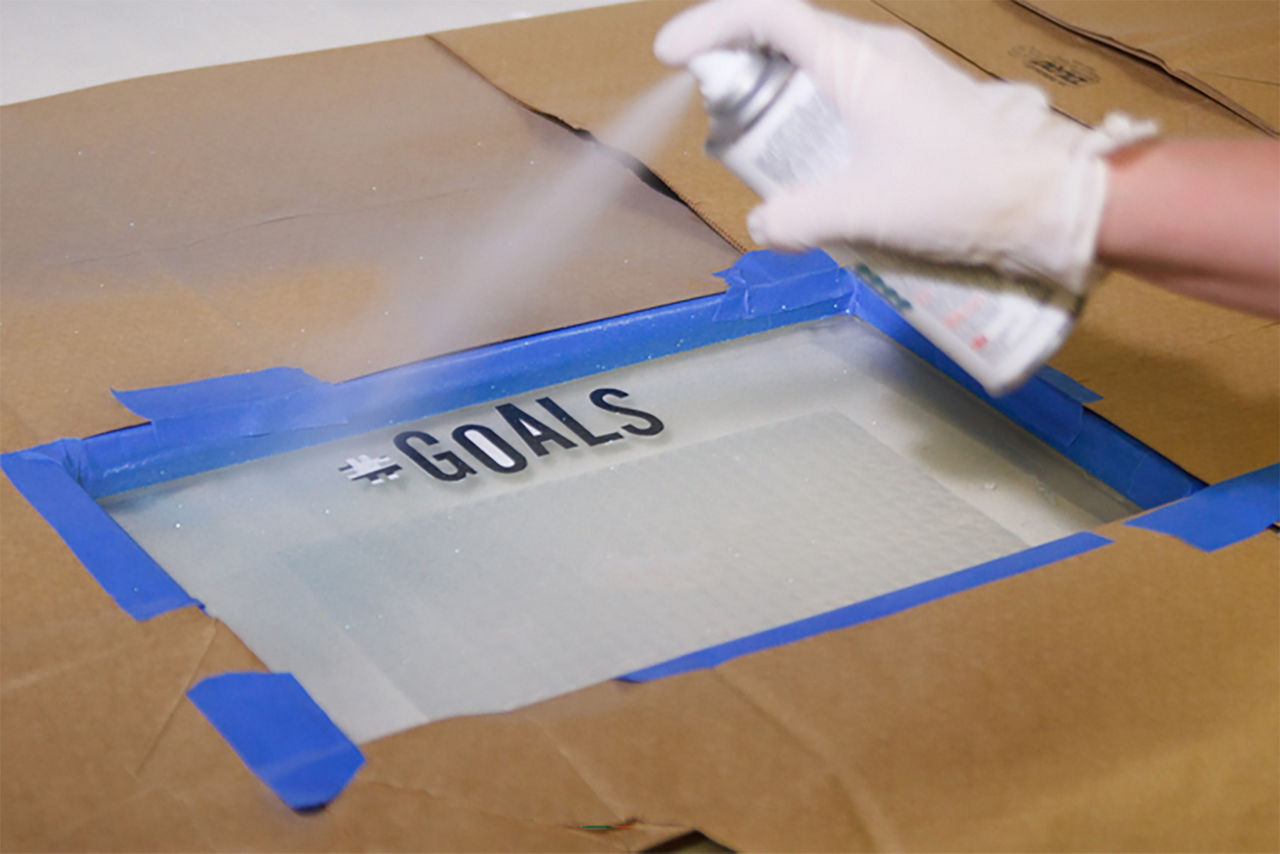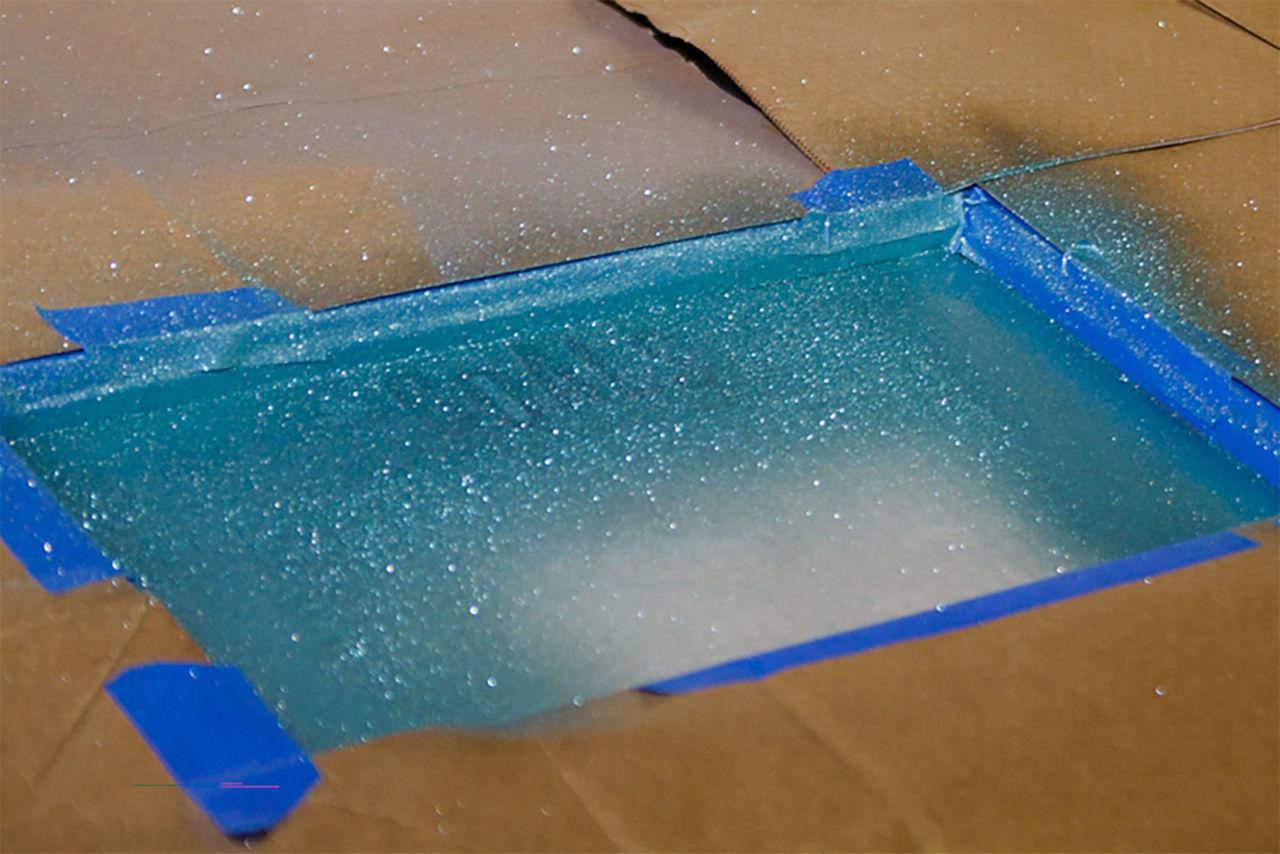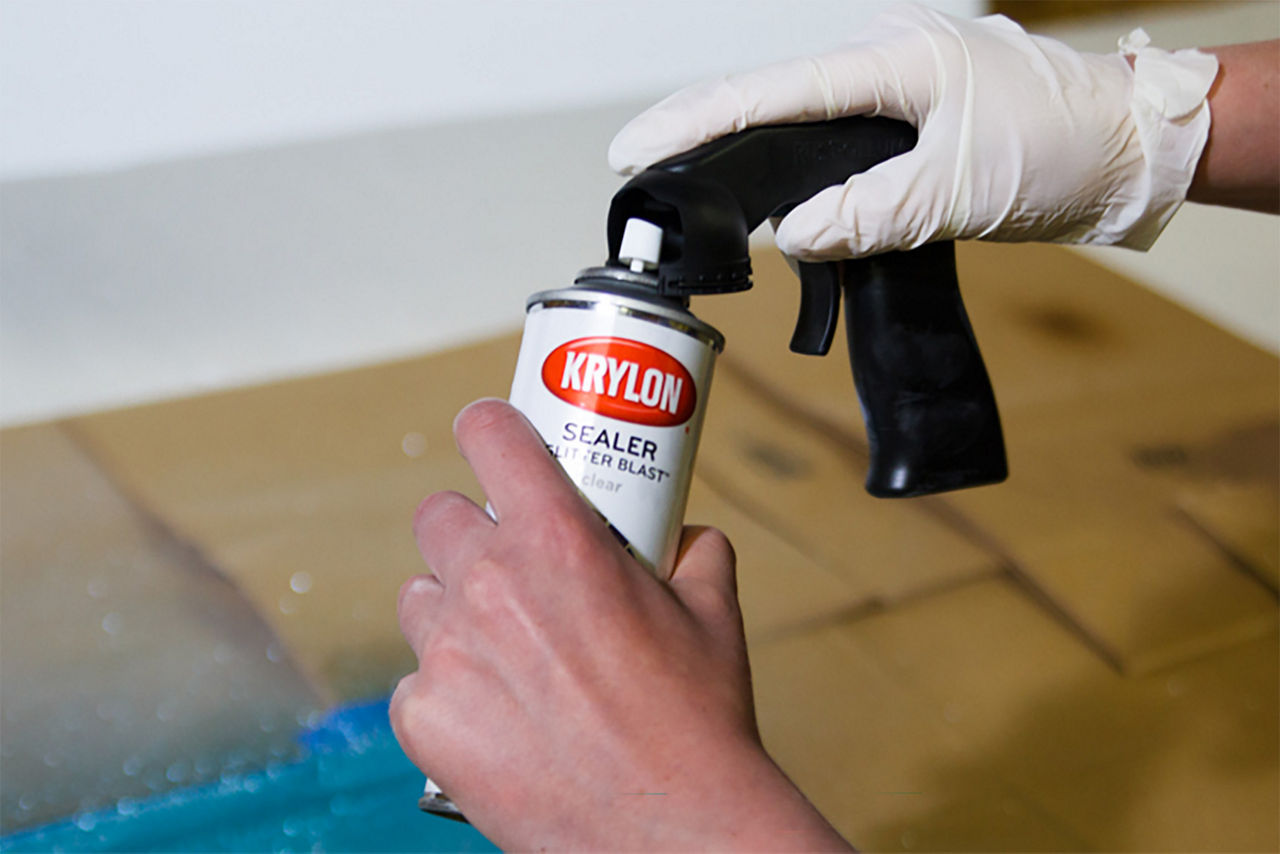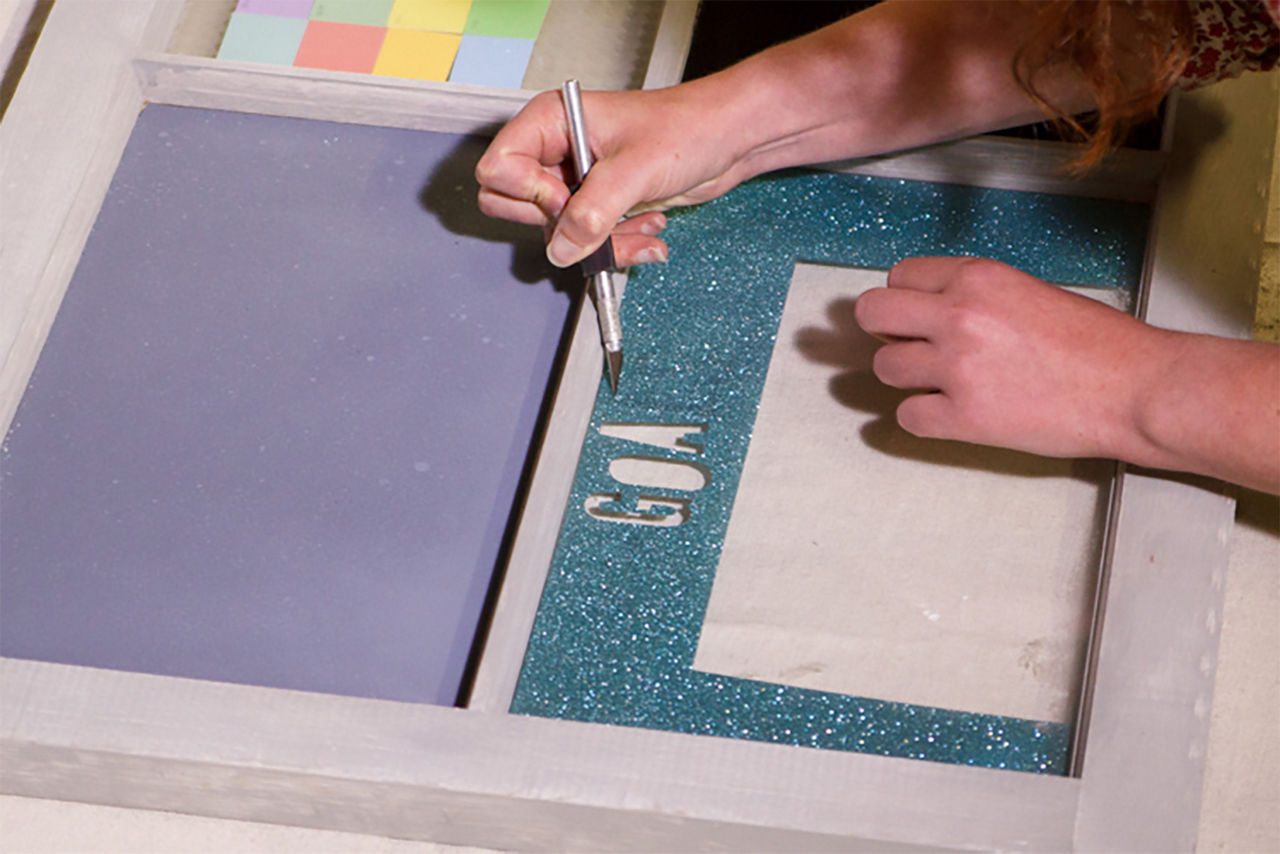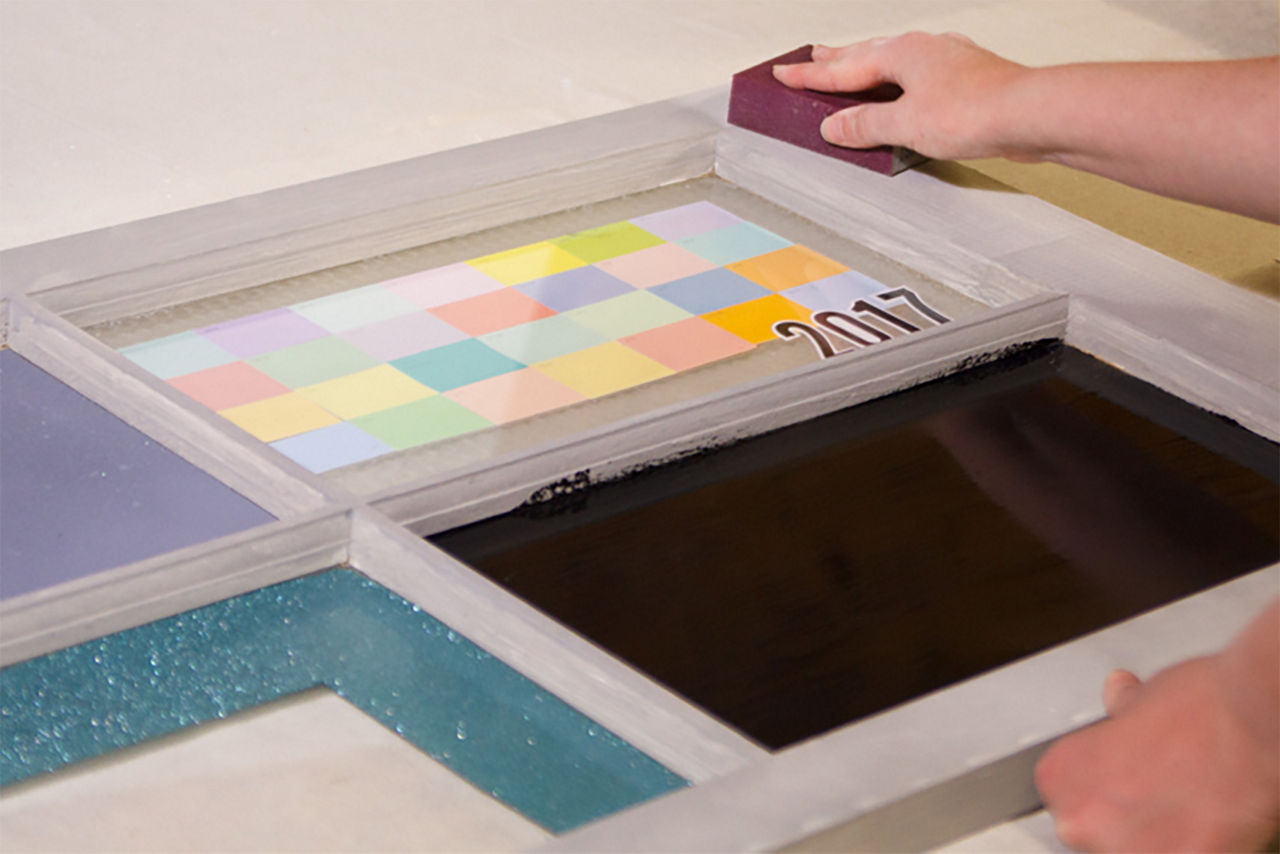To make your own version of our DIY planning station, you will need:
General Supplies:
- An old window *safety note: many old windows are heavy, so you will need to display it on top of your desk or dresser - don't try to hang it!*
- Bounty paper towels
- Lysol all-purpose cleaner
- Scotch Blue painter's tape
- Paint brush
- Paint samples
- Scissors
- Measuring tape
- Markers (permanent and dry erase - be careful not to mix them up!)
- Vinyl numbers and letters
- Paint can opener tool (or a flat head screwdriver)
- Paint sticks
- 3M Sanding Sponge (1 coarse grit and 1 fine)
- Con-Tact Frosty Adhesive Shelf Liner
Paint:
- Rust-Oleum Ultra Matte Interior Chalked Paint
- Rust-Oleum Chalkboard Paint quart
- Krylon Magnetic Spray Primer
- Krylon Glitter Blast Spray Paint
- Krylon Glitter Blast Spray Sealer
Helpful Add-Ons:
- Disposable gloves
- Canvas drop cloth for painting area
- Rust-Oleum spray can handle
- X-Acto knife or razor

